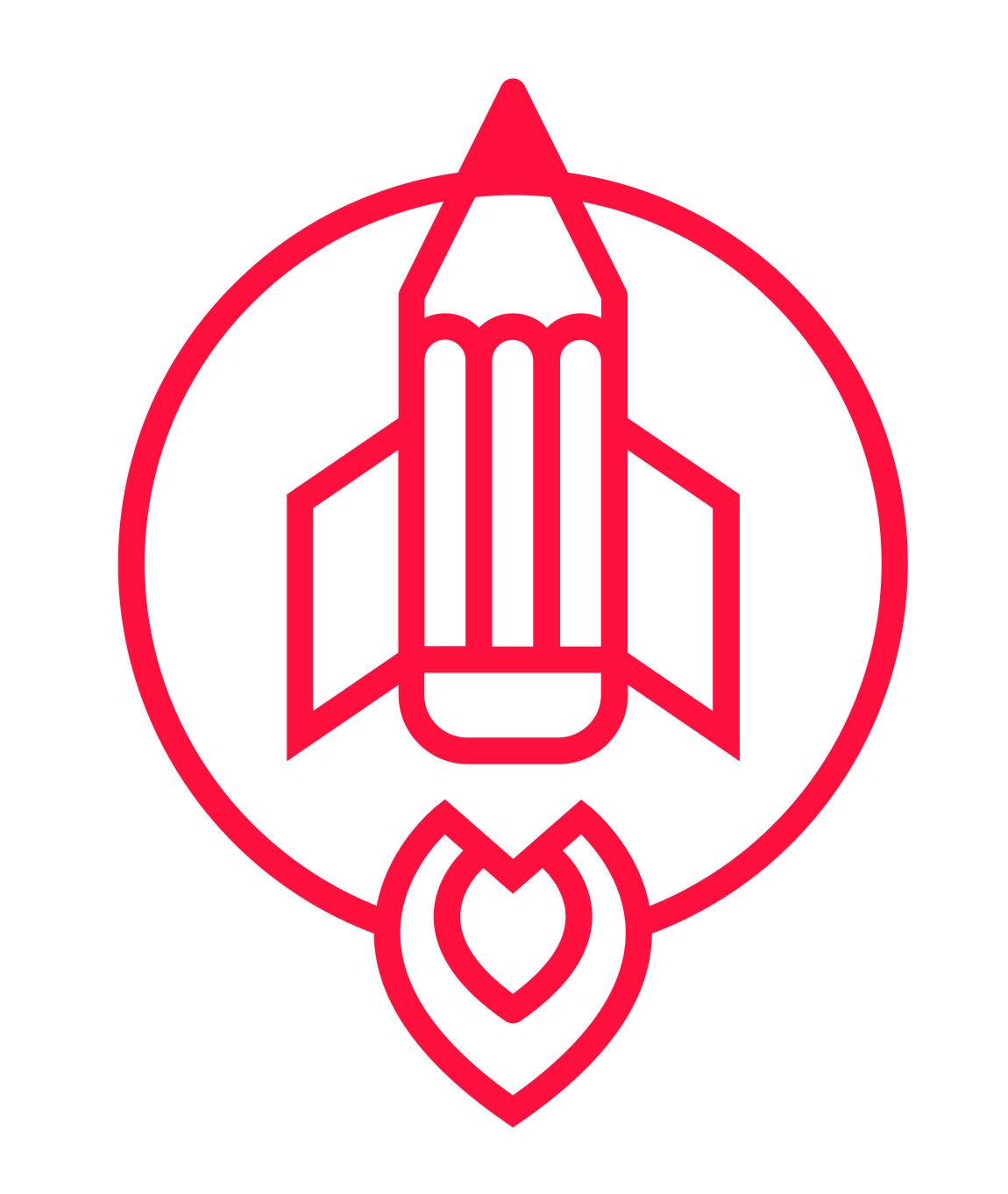Beginner Drawing Lessons
Beginner Drawing Lessons That will Help You Improve
We all start off fairly unremarkable, or even downright awful. That doesn’t mean that we’re doomed to stay that way. with a little perseverance, and a fair amount of patience, you can go from beginner, to intermediate, to expert.
But the first step is to know where to begin, and to put each foot in front of the other day after day.
The aim of this blog is to help you do that with a reasonable measure of certainty. Let’s waste no time in that regard, and provide you with some excellent Beginner Drawing Lessons.
First, I highly suggest watching this video:
It will give you the initial pointers necessary to proceed. How to hold your instrument, basic definitions of drawing concepts, and things of that nature!
After you’ve had a dive through that, you’ll want to spend at least 30 minutes testing what you’ve learned on the assignment portion of the video.
Okay, so what next?
After you’ve gone around your house or wherever is comfortable sketching and observing the objects to train you eyes, mind, and hand, your next task will be to work your way through the 6 beginner drawing course videos on the mailing list.
Here’s the first one just to get you started:
This 7-minute video will literally take you from drawing a stick person, to drawing the basis for a more realistic person. It’s all about starting small, and working with what you already know.
So sign up above and get all 6 lessons from the mailing list.
If you’d rather not wait for the autoresponder to grace you with free drawing lessons, I’ll give you a simple exercise below that can take you from beginner to slightly-less-beginner within a few attempts.
Draw an object, person, portrait, or animal from reference.
Take notes on everything you see from the reference- the shapes (big, medium, and small) their relationships, and anything else that catches your eyes.
Next, draw it again while looking at your first drawing. Getting used to this sort of repetition is crucial for improvement— think of it like drawing push-ups.
Finally, do away with the reference altogether and draw the thing a 3rd time from memory.
Compare the 3 versions and repeat the cycle. Aiming to cement the object in your mind so well that you can rotate or turn it about without needing a picture of that exact angle.
This method teaches you several key things as a beginner:
How to observe and draw what you see, not what you think you see.
How to make your own reference via sketch
How to work from imagination once you’ve studied the reference twice initially.
How to find new and interesting things about the same subject.
How to repeat a process and improve upon it by at least 1% each time.
This is how you’ll come to move outside of your beginner tendencies.
Learn what NOT to do.
As a beginner, the ways that lead to dead-ends and mistakes are plenty, and these can be disheartening.
Instead, watch the video below to ensure you’re not getting stopped up by some of these crucial errors - the things that non-beginners have largely rooted out of their drawings and process:
There may be some contradictions between the video I’m showing you and the exercise given, but the thing is that there are exceptions to every rule. The key is to know when to follow the guidelines and when to deviate from them.
In Closing
These beginner drawing lessons will offer you plenty of guidance and room for growth. I always insist on sticking within a small subject matter array (objects, or animals, or people, or portraits, or landscapes, etc…) So that you can learn a LOT about a little, and not hop all over the place and diminish your overall growth by spreading too thin.
Lastly, I’ll leave you with a couple posts to further guide you. It’s not easy finding beginner drawing lessons, but there’s more yet:
5 Drawing Exercises for Beginners
Drawing For Beginners ( a 5-step guide)
With that much drawing fodder, you should be good on lessons for at least a month or so. If you’re really keen on improving, try the beginner drawing course.
I know it’s difficult feeling stuck, or lost, or just plain confused. Even when you find beginner drawing lessons, they tend to overwhelm you or not feel quite right, which is I’ve I’ve provided a good deal to choose from in this post.
I know that at least one of them will serve to better your drawing abilities. Keep going, and don’t get discourage, some days you’re definitely going to surprise yourself.
Whenever you're ready, there are 2 ways I can help you:
1. Grow & Sharpen Your Drawing Skills here. (1,800+ students)
2. Build better Paintings and get Commissions here. (500+ students)
Happy drawing,
-T

